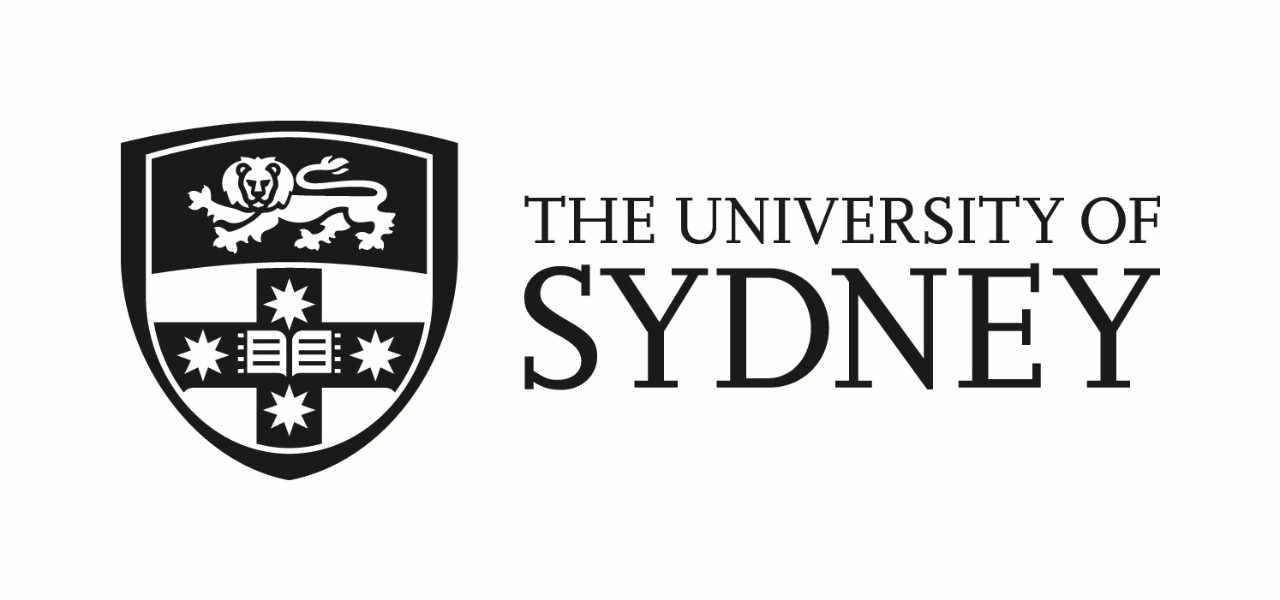
This article is sponsored by the University of Sydney. Authorised by Vice-Chancellor and Principal Prof. Mark Scott. Enquiries: 9351 2000; info.centre@sydney.edu.au
_________________________________________________________________
The tomb of Tutankhamun was discovered on November 4, 1922, in the Valley of the Kings at Thebes, by Egyptian workers supervised by British archaeologist Howard Carter. Carter and his patron, the fifth Earl of Carnarvon, opened the sealed doorway of the tomb later that month. The uncovering of the tomb is the 20th century’s best-known archaeological discovery.
Tutankhamun (c.1341–1323 BC) was the last of his family to rule during the 18th Dynasty, taking the throne when aged nine and dying in his late teens. He was buried inside three coffins. The inner coffin was made from pure gold and the two outer coffins were carved from wood and decorated. The life-sized model of the king’s middle coffin now on show at the free Chau Chak Wing Museum was constructed by “the Brickman” Ryan McNaught using more than 14,000 Lego® bricks.
Carter described his first viewing of the original second coffin as “a moment as anxious as exciting”.
The original coffin was covered with sheets of gold foil and polychrome glass paste, with decorative elements inlaid in jasper red, lapis lazuli blue and turquoise glass. It features images of winged vulture goddesses Nekhbet and Wadjet, the protectors of a unified Egypt.
In keeping with the original, the Lego model is shown wearing the usual royal insignia including nemes headdress with protective cobra and vulture symbols and a beard.
Tutankhamun also holds the crook and flail over his chest. The decoration on the body of the coffin emulates the rishi (feather) style, while the hieroglyphic text (appropriated from other inscriptions on Tutankhamun’s coffins) provides an utterance to the goddess Isis.
“A hundred years on from this incredible discovery, we have an opportunity to question how much Tutankhamun’s tomb has overshadowed other aspects of Egyptian culture,” said Dr Paul Donnelly, Deputy Director of the Chau Chak Wing Museum.
“Lego Tutankhamun is a playful recreation of one of the world’s most famous coffins, joining our Museum’s very popular Lego Pompeii installation. It’s an opportunity to introduce a new generation of archaeology enthusiasts to a discovery that has captivated the world for a century.
“The anniversary of King Tutankhamun’s death also gives museums with significant Egyptian collections, including the Chau Chak Wing Museum, cause to rethink colonial legacies and what we know about Egypt.”
Lego Tutankhamun will be on display on Level 3 of the Chau Chak Wing Museum until January 31, 2023.
Exhibition details
What: Lego® Tutankhamun
Where: Level 3, Chau Chak Wing Museum, University Place, University of Sydney, Camperdown 2006
Dates: Until January 31, 2023
Opening hours: Weekdays 10am-5pm, Thursday evenings until 9pm, weekends 12-4pm. Closed public holidays.
Cost: Free





